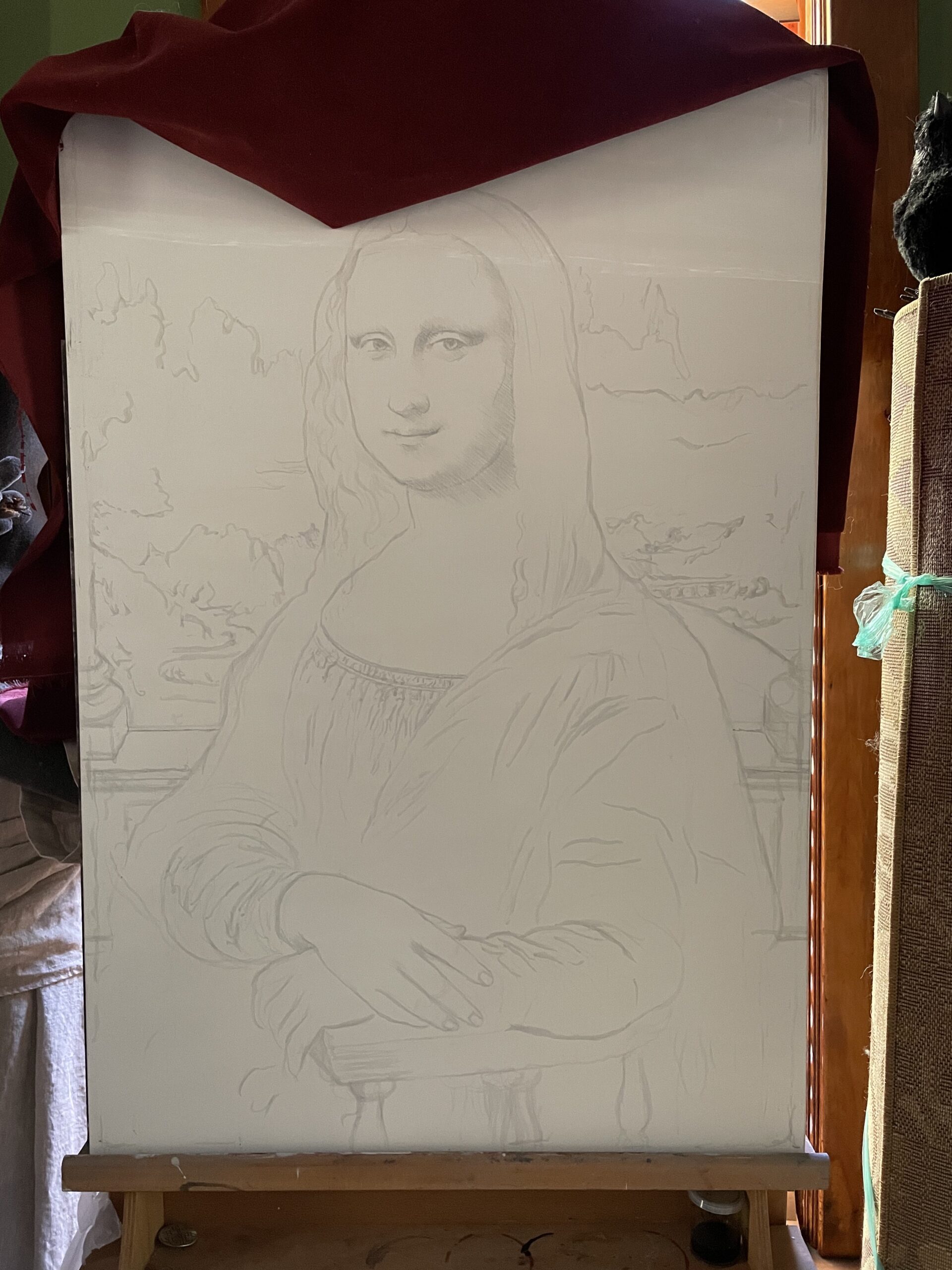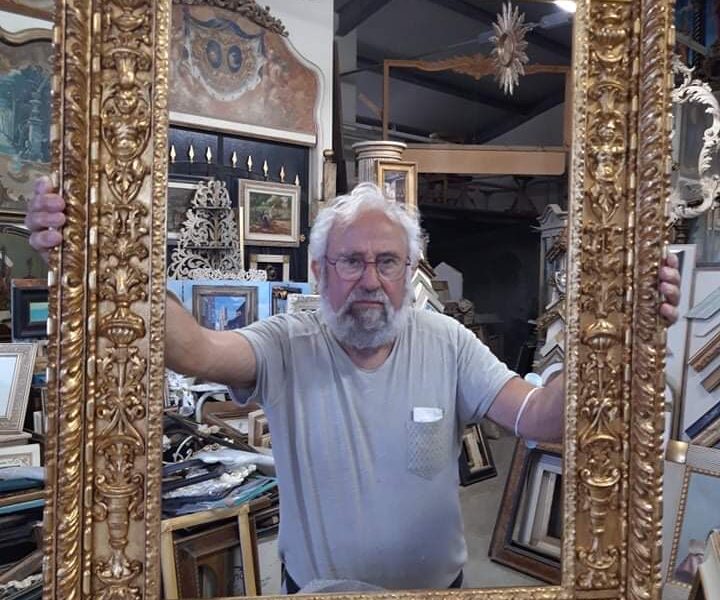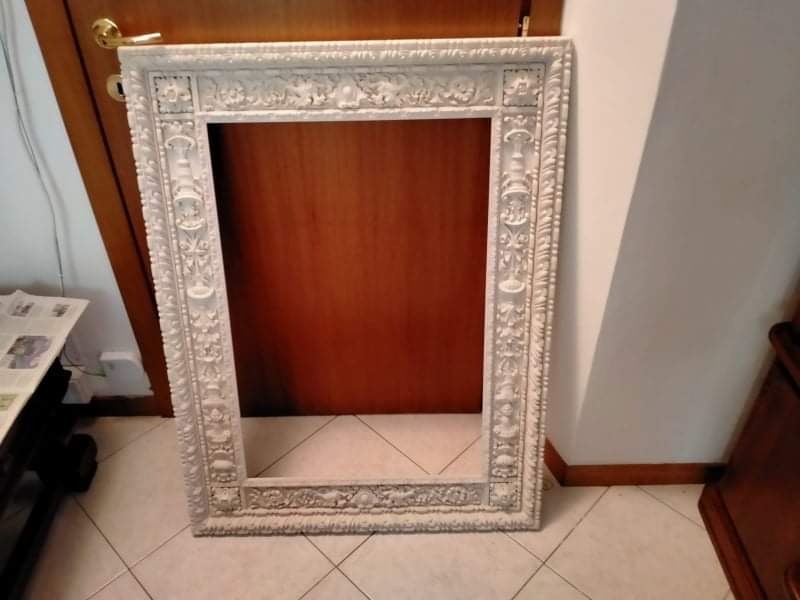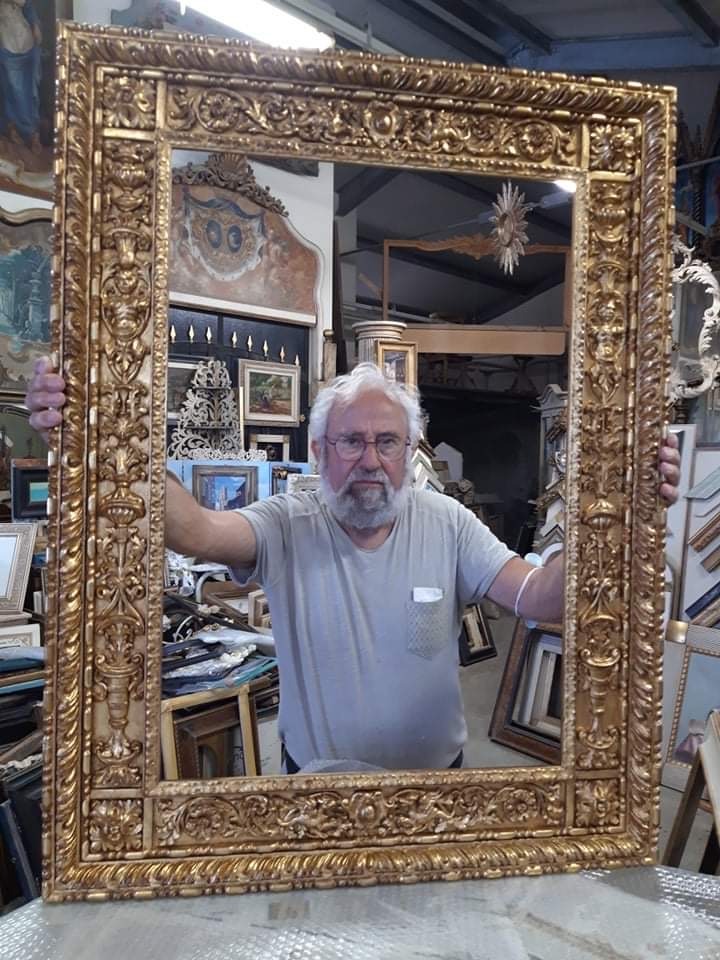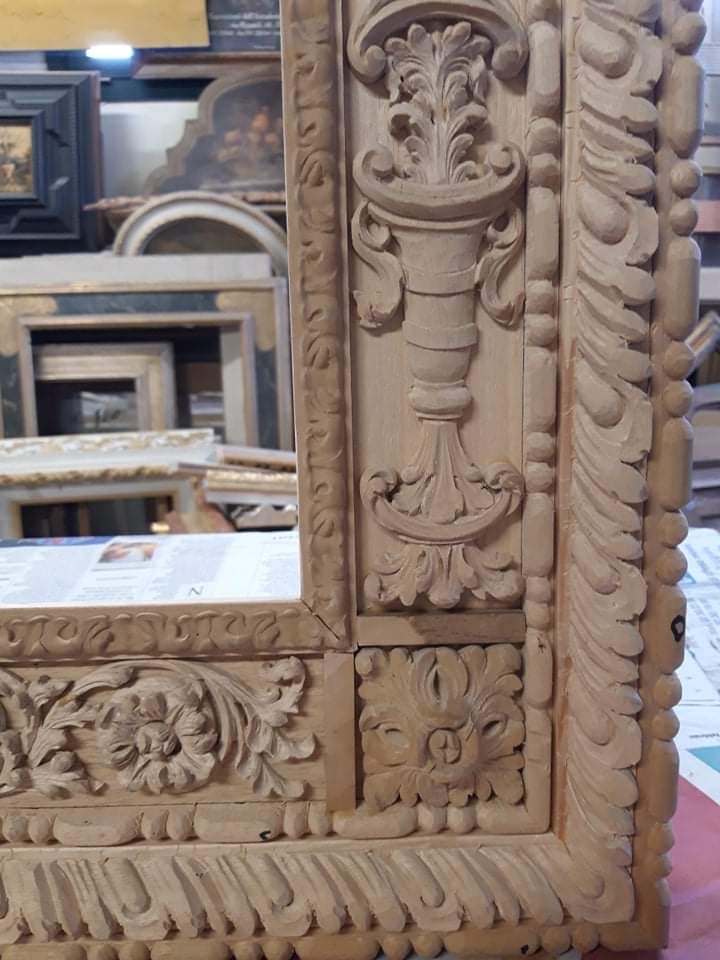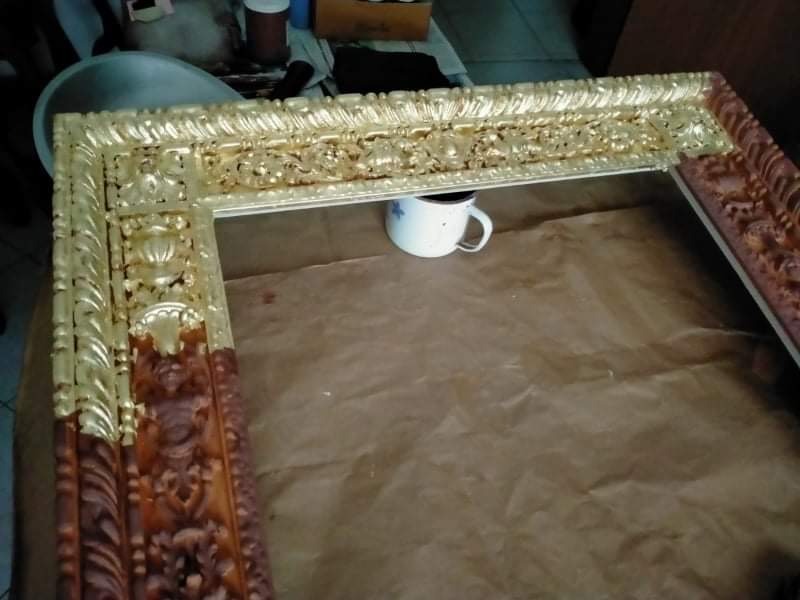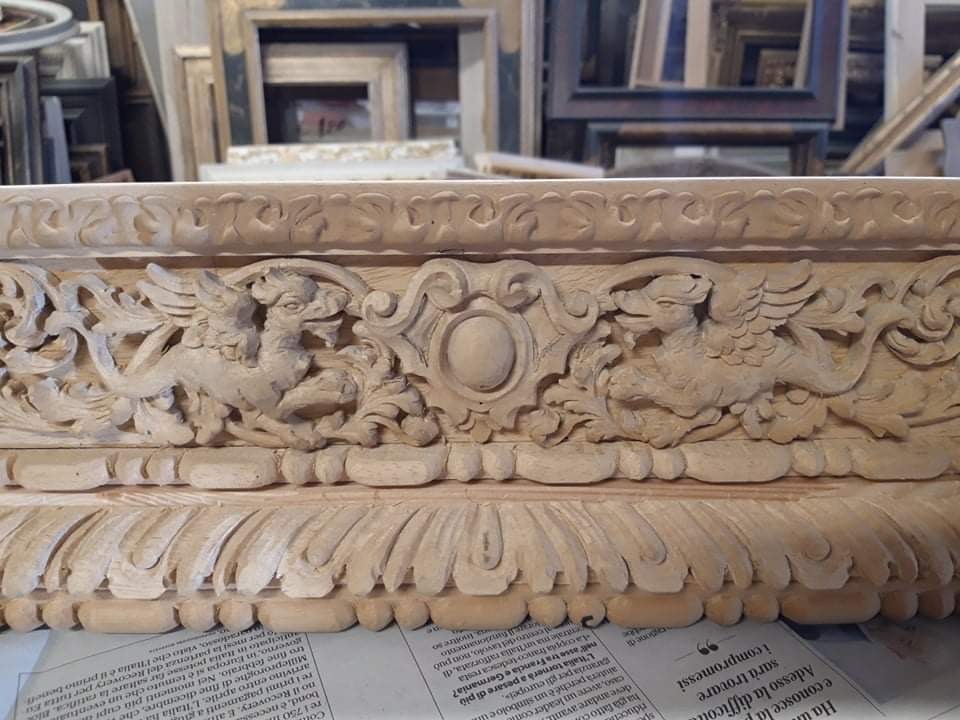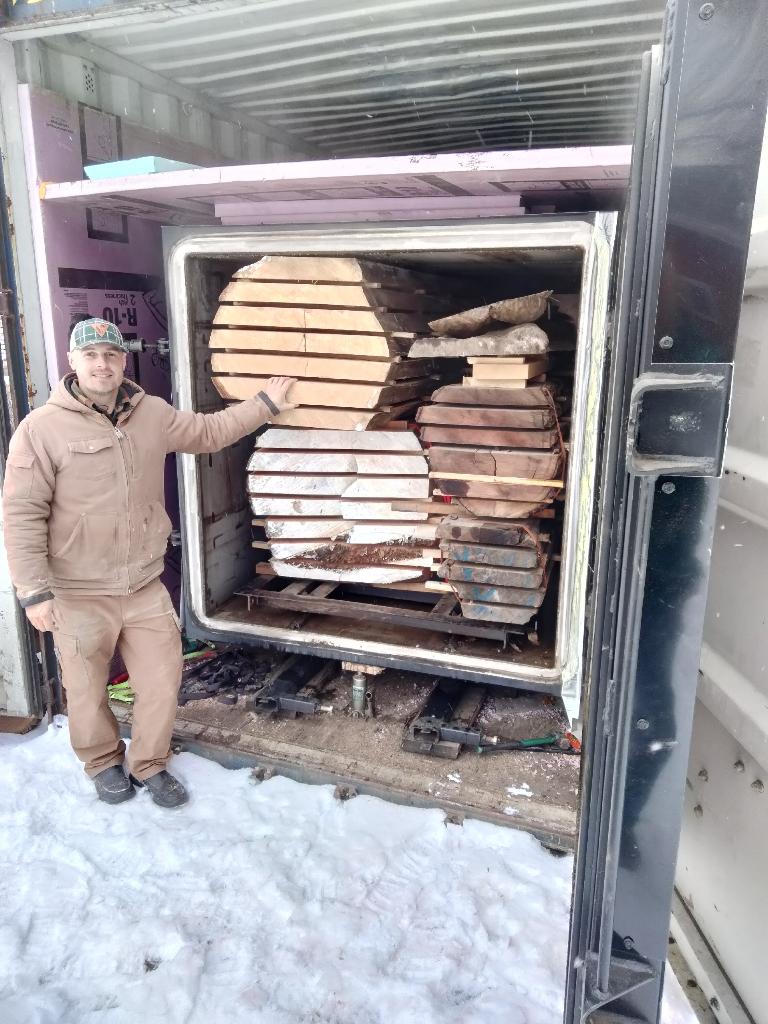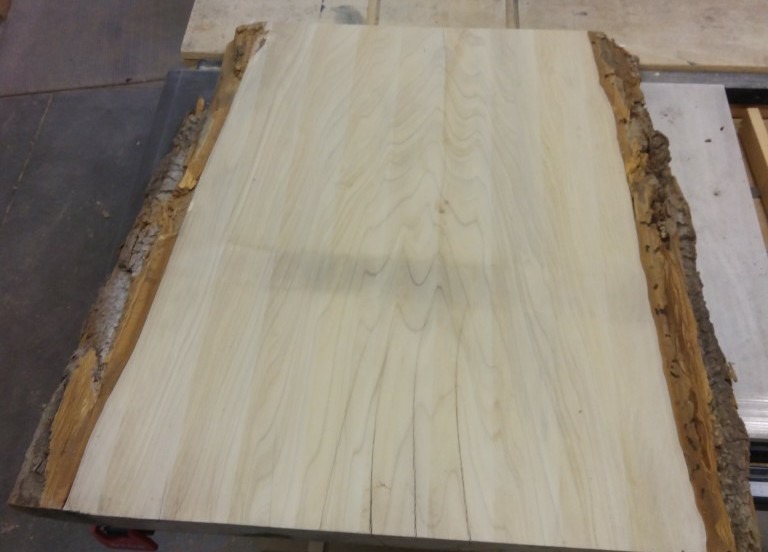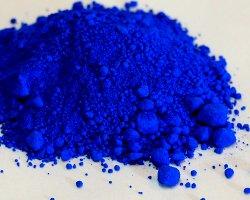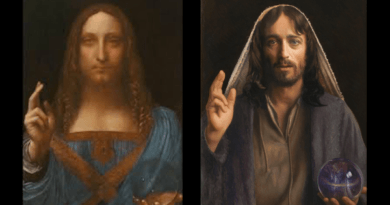Mona Lisa Facsimile Project
Mark Balma is creating a facsimile copy of the painting using the methods and materials Leonardo used in the creation of his Masterpiece! Mark will be using Oil of Spike Lavender, Walnut Oil, and Water-Washed Walnut Oil from The Art Treehouse.
HISTORY OF THE PAINTING
Leonardo began the Mona Lisa about 1503-1505 when he returned to Florence, he was 51 years old. There he had a woman who lived near his fathers house, her name was Lisa Gheradini, pose for the painting. In creating the portrait he made a gesso panel and commissioned a hand carved framed. He began the portrait in the completed frame. After a couple of years in Florence he took the unfinished portrait with him wherever he traveled and later to France where he died in 1519. After beginning the portrait with the model, his concept for the painting may have evolved into a portrait of his mother as he was separated from her as a young child.
The portrait is painted on a gessoed wood panel. Leonardo’s technique is to paint many very thin almost watercolor layers of colors ground in walnut oil to arrive at the soft and luminous modeling in the portrait. No brush strokes are visible. No brush strokes are visible.
THE FACSIMILE-COPY
The original poplar panel is unique in that it was not made of several smaller pieces glued together but was one single piece of poplar from a very large/old tree. Master wood Craftsman Mark Hill found such a tree in Pennsylvania and created a panel to the same dimensions as the original.
The Master Frame maker Padrevecchi in Pisa created a hand carved Florentine style frame in
23 kt gold for the portrait. The frame is currently in Italy and will be joined with the gessoed
panel and the first few months of creation will take place in Florence in the same neighborhood
that Leonardo lived and worked on the painting.
A faint ink drawing of the painting has been sketched on the gesso and is now ready for the application of paint. The next step is to bring the two together and begin the application of a colors. The same colors Leonardo used in his painting will be used in the copy.
These colors are:
Flake White
Lead tine yellow
Yellow Ochre
Raw Sienna
Red Ochre
Vermillion
Red Lac
Burnt Umber
Verona Green
Verdigris
Azurite Blue
Ultramarine Blue
Ivory Black
The portrait will take about a year to paint. Leonardo took many years to paint the Mona Lisa
as he was always working on many different projects.
THE FRAME
Leonardo created the finished frame before he began painting and worked on the portrait with the finished frame in place. The hand carved frame is made in the Renaissance method of frame making from the Master Craftsman Framer of Padrevecchi, in Pisa Italy. The panel and frame will be joined and painting will begin.
THE PANEL
The original panel of the Mona Lisa was painted on a solid poplar panel of a single plank from a very old and large tree. The width of the panel is 22” and very difficult to find. Master wood Craftsman Mark Hill found a very old tree in Pennsylvania that provided the wide poplar panel just like the original. This was kiln dried for several weeks to prevent warping. The poplar panel is covered with a gesso from the ancient town of Volterra.
The ink preparatory study transferred to the gesso panel and ready for painting. Color applications will begin when the gesso panel and frame are brought together in Florence, Italy.
